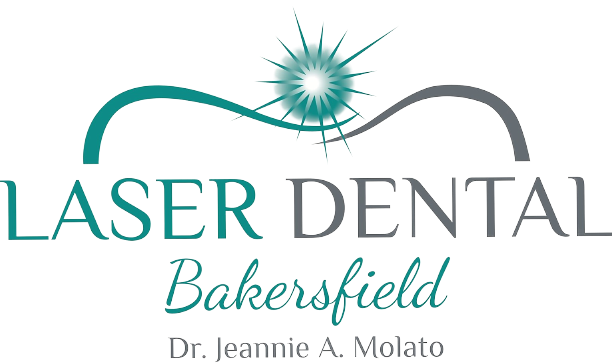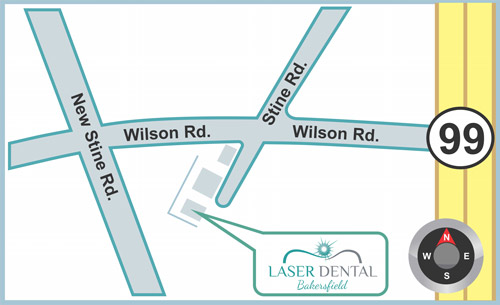Pediatric tooth decay needs more attention than it gets, especially because pediatric tooth decay is one of the most common and concerning problems faced by children today. Pediatric cavities are a huge risk to their oral health, all of which can affect their sense of confidence as they get older. For parents who don’t think about this issue, pediatric cavities need to be treated once they’re noticed because the bacteria causing the decay can also infect the gums and potentially infect their adult teeth when they get older. But for many parents, pediatric tooth decay can be difficult to notice at first glance. Read and use this article as a parent guide for the early warning signs of tooth decay in children.
Signs of Pediatric Cavities in Babies and Children
Tooth decay is a severe problem for children today – about half of children in the United States experience tooth decay once in their life. But for children that face socioeconomic factors such as poverty, tooth decay can become a series and uncontrolled issue once it starts. It’s essential for parents and guardians to know the early stages of pediatric cavities so they can work with their dental providers to treat them and prevent cavities in the future. For children, the signs of cavities are more obscure than in adults unless it develops severely enough that tooth extractions are needed. For parents, these are the signs you should look out for when caring for your child’s teeth:
- White Spots on The Teeth: White spots, also called white spot lesions, are often found along with the front teeth and are signs of enamel erosion. White spots are considered the first signs of cavities, and your dentist can treat them thorough cleanings and fluoride treatments.
- Sensitivity To Food Temperature: If you find that your child is complaining a lot about how hot or cold their food is, this is usually a sign of a cavity, especially along the molars. This also means that the tooth’s eroded enough to the point where the tooth’s pulp is exposed.
- Difficulty Focusing at School: If your child’s having difficulty focusing in school, alongside these symptoms, then it’s most likely because of a toothache.
- Consistent Bad Breath: Bad breath that doesn’t go away from brushing and flossing is a huge sign of a cavity, and getting your child to the dentist is the best resource for treatment if they’re experiencing tooth pain and bad breath.
- Tooth Discoloration: As the most obvious sign, when the tooth turns light brown or even dark brown, then the bacteria along the tooth has eaten away at the tooth’s enamel and has begun infecting the tooth’s pulp the life force of the tooth itself.
Visiting Your Pediatric Dentist For Treatment
These early warning signs of tooth decay are crucial points for your child’s oral health, and visiting your pediatric dentist is the best way to treat and prevent these cavities from infecting your child’s smile. Always make sure to reinforce good hygiene habits and help protect their teeth from decay by taking them to the dentist soon.










